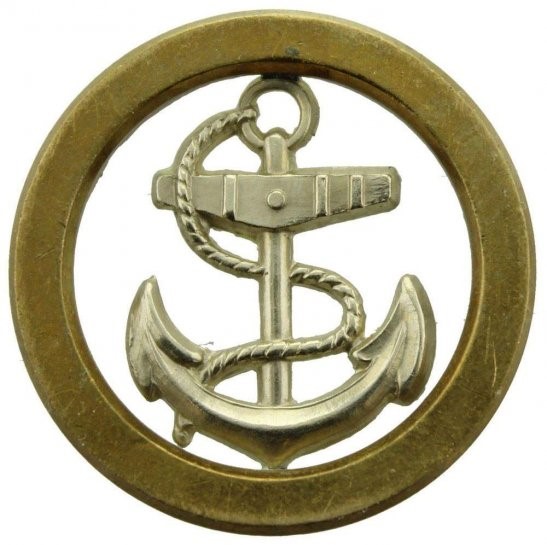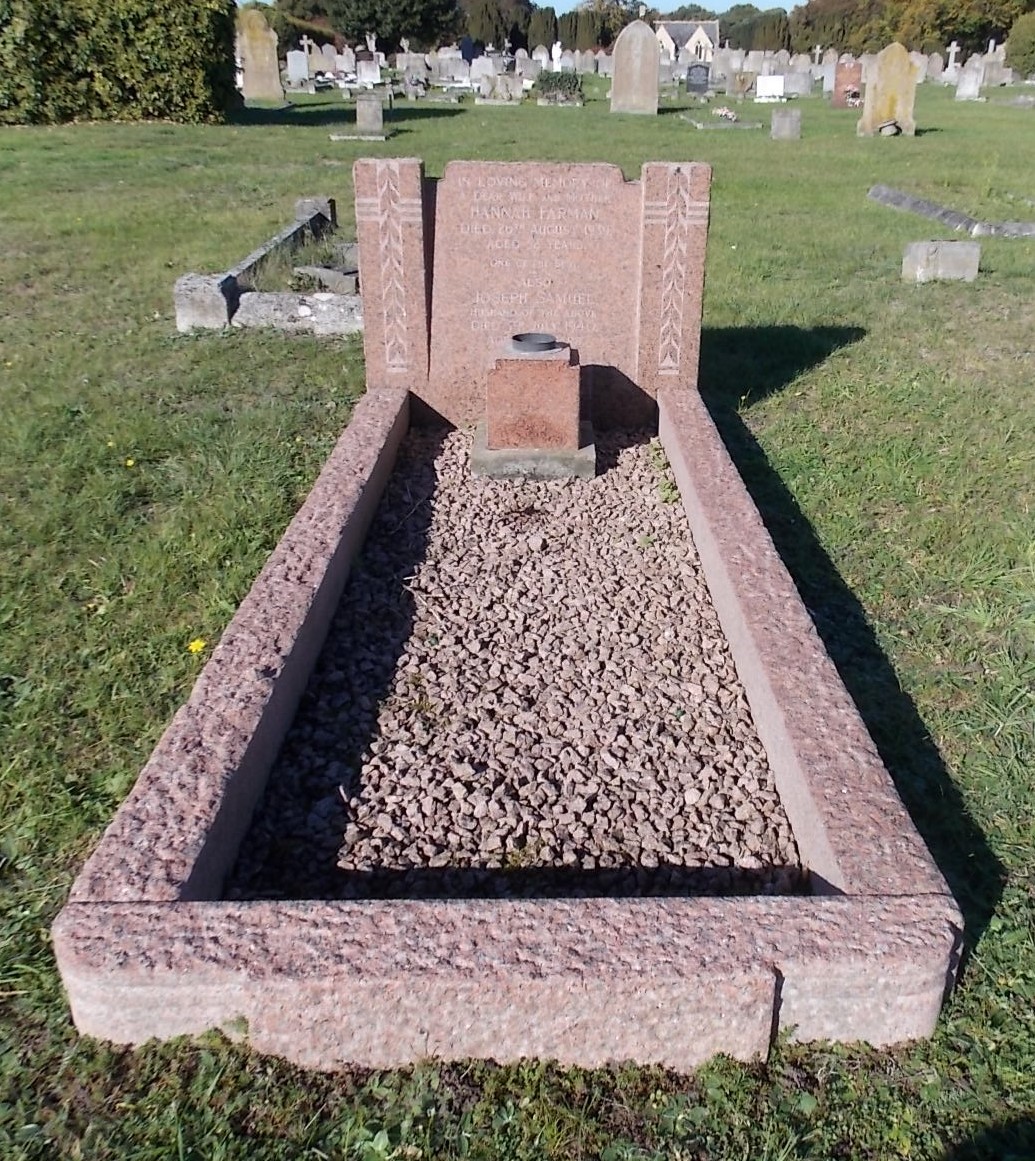
Joseph Samuel Farman was born on the 21st of June 1887, at Thorpe, near Norwich, in Norfolk, the fifth of ten children to George Farman (a carpenter), and Alice Agnes Farman (née Fiske), of Thorpe.
He was baptised on the 5th of August 1888, at St. Andrew's Parish Church, in Thorpe. He had seven sisters and two brothers.
Prior to joining the Royal Navy in 1906 he was employed as a labourer. He married Hannah Scales on the 25th of December 1915, at St. Mark's Parish Church, in Lakenham, Norfolk. They were to have three children, born in 1921, 1923 and 1926.

Joseph Samuel Farman originally enlisted in the Royal Navy on the 21st of May 1906, as a stoker 2nd class (No. 310108). He was aged 18 and described as being: 5' 6" tall; with dark brown hair; blue eyes; a fresh complexion; and a scar on the back of his head.
His first ship was HMS Acheron and after six months he went to HMS Pembroke II, the naval barracks at Chatham. He then joined the battleship HMS Magnificent on the 1st of January 1907, and advanced to stoker 1st class in the July.
He next joined the battleship HMS Africa in 1909, aboard which he was advanced to acting leading stoker the following year. In 1911 he returned to HMS Pembroke II, where he was advanced to leading stoker in 1912. He then served in HMS Blenheim and returned again to HMS Pembroke II.
He joined HMS Boadicea in November, 1911, aboard which he was advanced to stoker petty officer in 1912, before returning briefly to HMS Blenheim, for passage to the Mediterranean, where he joined HMS Egmont.
On the 1st of April 1914, Stoker Petty Officer Farman joined the Beagle-Class destroyer HMS Savage, part of the 5th Destroyer Flotilla, with whom he served in the Mediterranean for the next two years.
On the 2nd of January 1917, he went to HMS Europa II, followed by Pembroke II. On 7 September, 1917, he joined the Acacia-Class sloop, HMS Daffodil aboard which he served for the next two years, including taking part in the Zeebrugge Raid on the 23rd of April, 1918.

Joseph Samuel Farman left HMS Daffodil on the 13th of July 1919, and served briefly in HMS Tyne and again at HMS Pembroke II, before joining the Arabis-Class sloop, HMS Godetia on the 13th of June 1920.
His World War Service earned him the 1914-15 Star, British War Medal and Victory Medal. On the 31st of May, 1921, he was awarded the Royal Naval Long Service & Good Conduct Medal (GV), and on the 1st of January 1922, he was advanced to chief stoker.
He returned to HMS Pembroke II in March 1922, before joining the heavy cruiser, HMS Hawkins, on the 9th of December 1922, serving on the China Station.
After two and a half years, he returned to HMS Pembroke II until April, 1926, when he joined HMS Venomous, which was a modified M-Class destroyer, serving in the Mediterranean.
On the 2nd of September 1928, Chief Stoker Farman was pensioned, after 22 years service, and joined the Royal Fleet Reserve, with the number Ch.A.4321.
After serving in the Royal Navy Joseph Samuel Farman became the licensee of the Railway Tavern, in Thetford, Norfolk, on the 8th of November, 1928.
He was still employed in this job when World War Two arrived.

Joseph Samuel Farman, being a member of the Royal Fleet Reserve, was recalled to the Royal Navy on the 31st of August 1939.
He went initially to HMS Pembroke 2, and then to the shore base, HMS Lynx, on the 13thn of September 1939. He was then posted to HMS Sandhurst, on the 1st of January 1940, serving as a depot ship at Devonport, in Plymouth.
From there he was taken ill and admitted to the Royal Naval Auxiliary Hospital, at Barrow Gurney, in Bristol. It was there that he died on Friday the 5th of July, 1940, from a cerebral haemorrhage and advanced arterio sclerosisat. He was aged 53.
His World War Two service earned him the War Medal, 1939-45.

Joseph Samuel Farman was buried in Thetford Cemetery, his grave marked by a private memorial. His name has not been traced on any war memorial.



